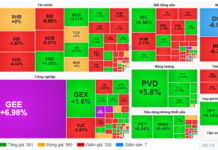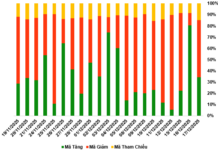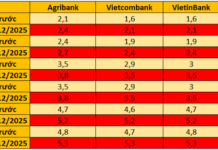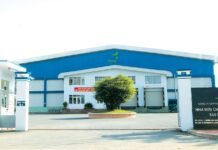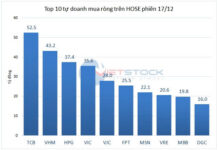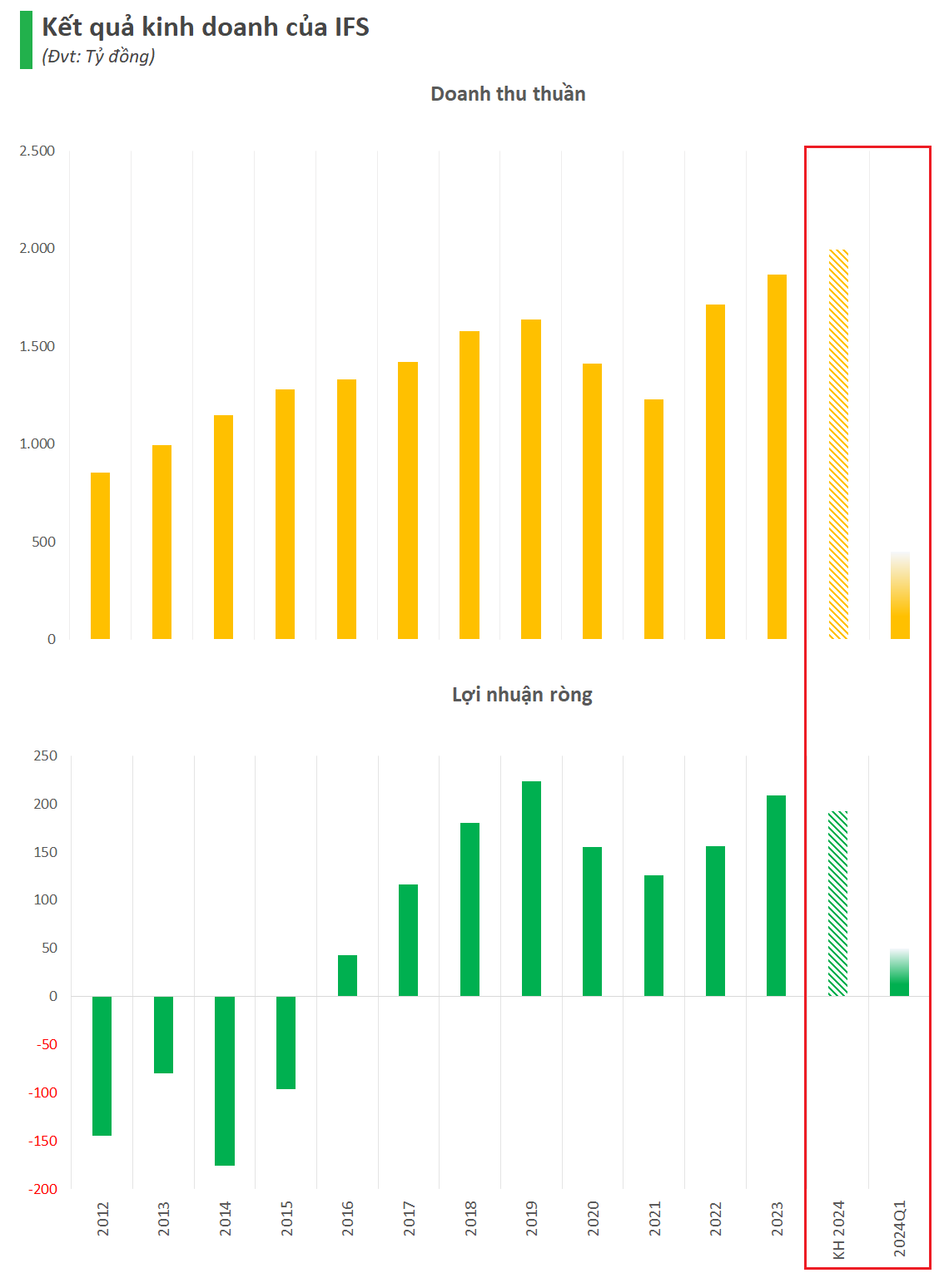On December 29, 2023, the Prime Minister of the Government signed Decision 1735 / QD-TTg approving the Provincial Planning of Thai Binh for the period 2021-2030, with a vision to 2050. The plan aims to make Thai Binh a moderately developed province by 2030 and one of the industrial development centers of the Red River Delta Region; have a modern economy with industry as the main driving force for rapid, comprehensive, and sustainable development. Technical infrastructure, social infrastructure, and urban areas are invested in synchronously and modernly. Science, technology, innovation, and knowledge-based economy become factors that enhance the quality of growth; strongly develop high-quality human resources… At the same time, by 2050, Thai Binh will be a developed province of the Red River Delta Region; have a prosperous economy, progressive society, and guaranteed ecological environment. Economic growth is based on the foundation of science and technology, innovation, and competitive core sectors…
It is worth noting that the Provincial Planning of Thai Binh for the period 2021 – 2030, with a vision to 2050 has many contents that attract the attention of the people.
According to the approved plan, Thai Binh province will have a specialized airport along the coast of Thai Binh. The construction site is located in Tien Hai district with the aim of serving tourism, security – defense, maritime rescue, and search and rescue operations.
It is known that according to the explanation of the Thai Binh plan in the short term, the airways for the economic zone and the whole of Thai Binh province will use the Cat Bi International Airport – Hai Phong as the center for passenger transportation and connecting aviation logistics activities by airway.
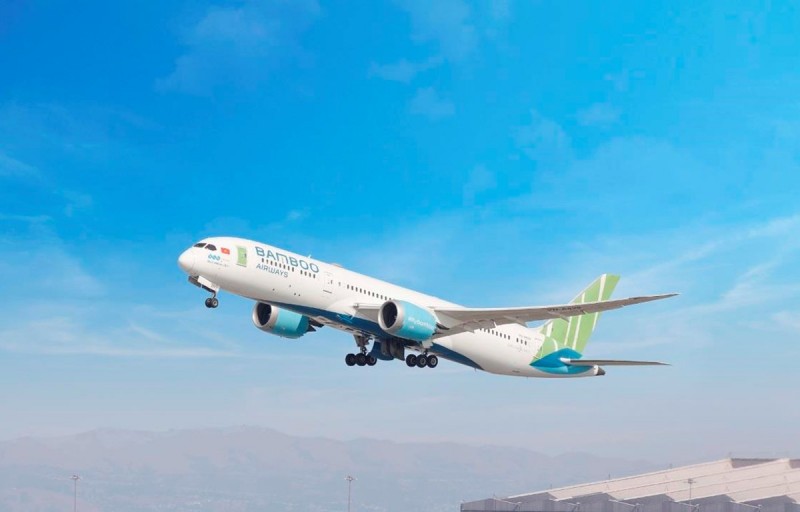
Illustration of the expected specialized airport in Thai Binh
After 2030, when completing the infrastructure of the coastal economic zone, ecological urban areas, industrial zones, and logistics service zones along the coast, Thai Binh province will have an airport and form a dual-use airport cluster to serve tourism, rescue, and national defense in the coastal border area of Thai Binh province. This airport cluster in Thai Binh includes helicopter landing points, amphibious airports along the coast of Thai Binh.
Another notable point is that currently Thai Binh does not have any railway lines running through it. However, according to the approved plan, Thai Binh is expected to have a 101 km railway. Specifically: The railway line through Thai Binh province belongs to the Nam Dinh – Thai Binh – Hai Phong – Quang Ninh route (including the Nam Hai Phong – Ha Long section about 37 km long). The plan for the development of the Thai Binh railway in the period 2021 – 2023, with a vision to 2050 is within the national railway corridor and implemented according to the Railway Network Planning for the period 2021-2030, with a vision to 2050 approved by the Prime Minister.
In addition, according to the approved plan, the urban system in Thai Binh province is organized according to the multi-pole urban model, including central cities and small regional towns.
Along with that, by 2030, the urbanization rate of Thai Binh province as a whole will reach over 35%; The urban system of Thai Binh province has 25 urban areas including 01 type I city; 01 type III city; 05 type IV urban areas; 18 type V urban areas. Thus, according to the approved plan, Thai Binh will have an additional 5 urban areas compared to the National Urban Classification Plan for the period 2021 – 2030 approved by the Prime Minister in February 2021.
Specifically, they include Thai Thuy urban area (by 2030, meeting the criteria of type III urban area based on the whole Thai Thuy district); Tra Giang urban area, Kien Xuong district (by 2030, meeting the criteria of type V urban area, located within the expanded boundary of Thai Binh city); Nam Trung urban area, Tien Hai district (by 2020, meeting the criteria of type V urban area); Cong Hoa urban area, Hong Minh, Hung Ha district (by 2030, meeting the criteria of type V urban area).
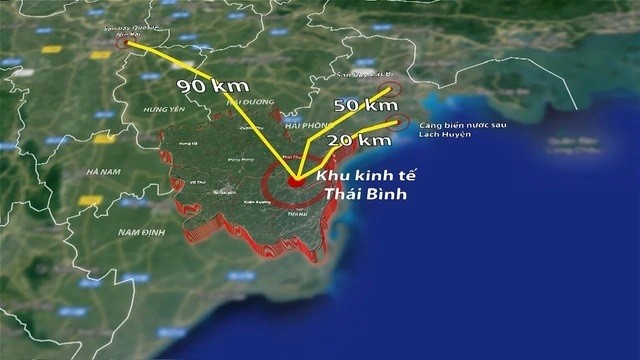
Scene of Thai Binh Economic Zone
Another notable point, based on the natural geography, population and socio-cultural characteristics, development conditions, development level, and forecasted development capability, Thai Binh province is divided into three regions as follows:
Focus area including Thai Binh city and Dong Hung, Kien Xuong, Vu Thu districts : Taking Thai Binh city as the center, the development extends to Vu Thu district, Dong Hung district, Kien Xuong district, connecting with Nam Dinh province (through Vu Thu urban area) and developing towards Dong Hung district, Kien Xuong district connecting Thai Binh city with the dominant dynamic region (East), the southern economic region, and the outer economic region (north); establishing Vu Thu, Dong Hung, Kien Xuong urban areas and new urban areas towards Thai Binh city, orienting development in 02 areas:
– Central area (including Thai Binh city, Dong Hung district, and parts of Kien Xuong district, Vu Thu district).
– Southern economic region (including most of Kien Xuong district and the southern part of Vu Thu district).
The dominant dynamic region includes Thai Thuy district, Tien Hai district : Taking Thai Binh Economic Zone as the center; the dominant dynamic region is determined as the eastern economic corridor of the province, connected with Thai Binh Economic Zone located in Thai Thuy district, Tien Hai district, connecting with Hai Phong city, Nam Dinh province and developing towards the west connecting with Thai Binh city through Dong Hung district, Kien Xuong district.
The outer economic region includes Hung Ha district, Quynh Phu district : Taking Quynh Phu urban area as the center; the outer economic region is determined as the northern economic corridor of the province, connecting with Hai Phong city, Hung Yen province and developing towards the south connecting with Thai Binh city through Dong Hung district, Vu Thu district.
For each district, there will be specific development options for each region as follows:
Thai Thuy district area : It is the satellite urban area in the northeast of the province, connected with Hai Phong city, Quang Ninh province, and the international maritime space.
Key development direction: Industrial development, urban areas of the province associated with development in the north of the Economic Zone; develop the maritime economy, seaports, with strengths in commercial services, tourism, and marine products; develop urban and housing infrastructure; develop high-tech agriculture combined with traditional agriculture, ensuring service to urban areas and coastal tourism.
Tien Hai district area : It is a satellite urban area, gateway to the southeast of the province, connected Thai Binh with Nam Dinh, Ninh Binh, and the North Central region.
Key development direction: Develop green, clean, environmentally friendly, seaports and petrochemical processing, natural gas exploitation, industry; develop urban and housing infrastructure; develop high-tech agriculture combined with traditional agriculture, ensuring service to urban areas and coastal tourism; expand into the sea to expand urban – industrial – service development space.
Hung Ha district area : It is one of the centers of industrial development, handicraft industry, and tourism of the province, associated with the preservation and promotion of the historical value of the Special National Monument of Tran Temple.
Key development direction: Improve the efficiency of traditional industries, attract investment in industries, products with high scientific and technological content, land-saving, creating high added value, exploiting the efficient technical economic corridor of the Thai Binh – Ha Nam railway, Hung Yen – Thai Binh expressway. Develop services meeting the needs of urban and industrial development. Develop diverse tourism products, cultural and spiritual tourism, ecotourism, high-end sports services; associated with Tran Temple Special National Monument, riverside landscapes.
Quynh Phu district area : It is one of the centers of industrial, urban, and service development associated with the urban economic corridor of National Highway 10.
Key development direction: Develop advantageous industries, environmentally friendly, high added value, creating breakthrough growth to transform the economic structure (such as mechanical industry, specialized agricultural industry…) associated with the Cau Nghin Industrial Zone, Thaco – Thai Binh Industrial Zone, Pharmaceutical – Biological Industrial Zone. Develop services associated with logistics activities, transportation. Develop cultural, spiritual tourism, resort tourism associated with A Sao Temple historical space, resort and golf Quynh Lam. Develop high-tech agriculture, production, processing, conservation, and consumption of agricultural products.
Vu Thu district area : It is a service transfer center; comprehensive service; high-tech agriculture; combined with village tourism, eco-tourism along the river.
Key development direction: Develop green, clean, environmentally friendly industries, services, and high-tech agriculture to support the dominant economic area of Thai Binh city. Aim to build Vu Thu as a model new rural district.
Dong Hung district area : It is the central district of the province, the hub of important traffic routes QL10, QL39, Thai Binh – Ha Nam route, Hung Yen – Thai Binh expressway. Take the development of transportation services, cargo transit, logistics as a leading factor, driving the development of supporting industries and supporting agricultural development.
Key development direction: Develop green, clean, environmentally friendly industries, comprehensive services, and high-tech agriculture to support the dominant economic area of Thai Binh city. Aim to build Dong Hung as a model new rural district with modern and rich urban and rural infrastructure.
Kien Xuong district area : It is one of the centers of small-scale industrial development, comprehensive services, and high-tech agriculture to support the dominant economic area of Thai Binh city, Thai Binh Economic Zone. Aim to build Kien Xuong as a model new rural district with modern and rich urban and rural infrastructure.


